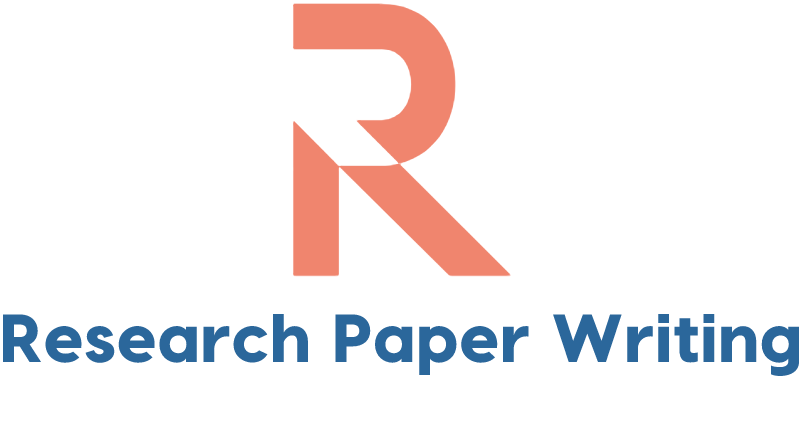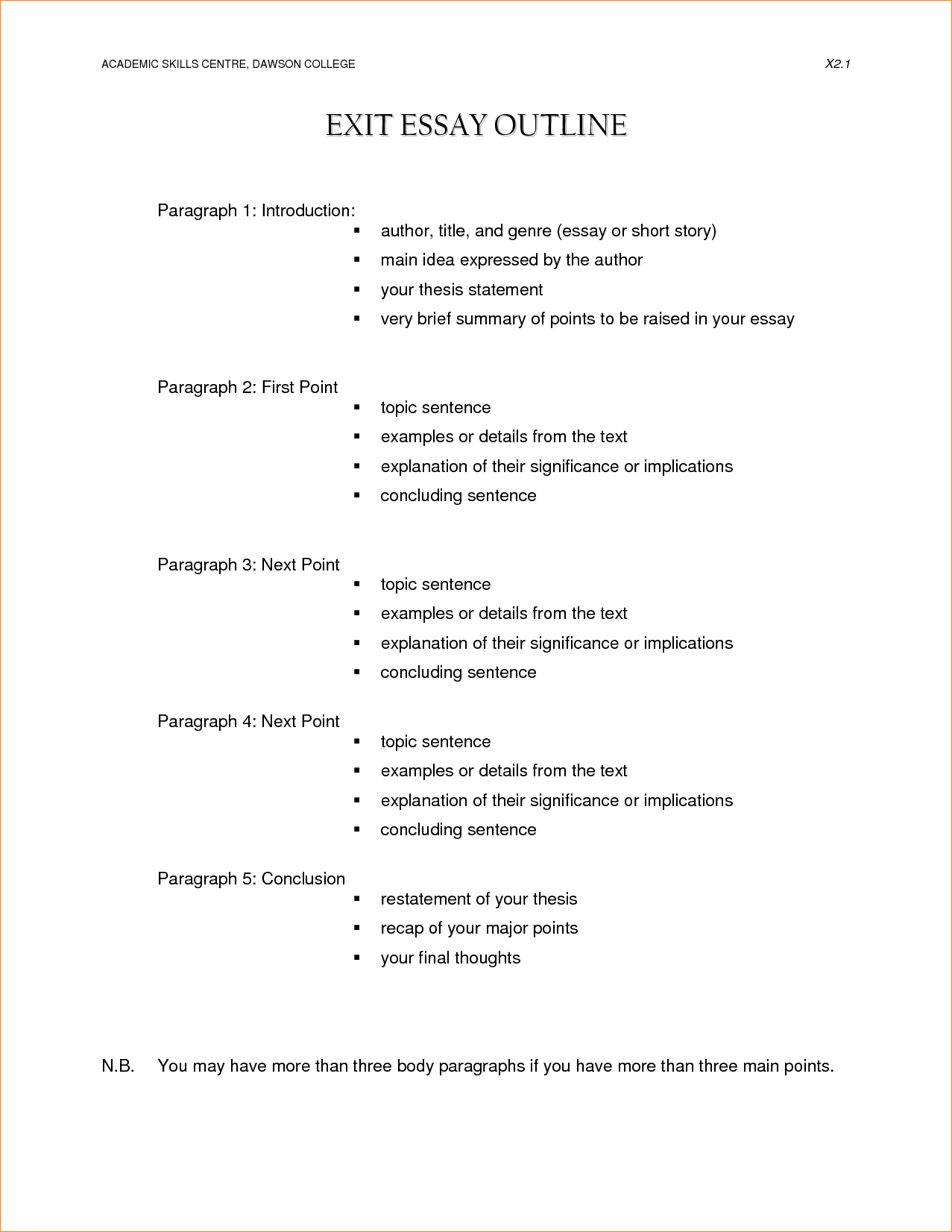If you are wondering how to write a conclusion for a study, you are in the right place. The introduction and conclusion of a research paper must relate to each other in order to be effective. A good conclusion restates the study’s results and gives suggestions of how the results can be used in real life. The conclusion of a research paper should be as short as possible and summarize the main points of the study.
Essay conclusion
The conclusion is a powerful place to tie your thoughts together. The conclusion is your final opportunity to magnify the central idea of your paper. Don’t treat it like an afterthought: it can be five sentences that your readers will keep in their minds for the rest of their lives. Here are some tips to help you craft an effective conclusion:
Include a small detail about the author. This will provide the reader with a personal connection with the author and allow you to establish a strong human connection. A good conclusion will also discuss the ideas you have explored in the paper and suggest areas for further research. A final tip: do not start your conclusion with “in conclusion.”
Editorial conclusion
When it comes to writing a conclusion for a research paper, there are several types. One of the most common is the editorial conclusion. This type of conclusion does not add new information, but instead presents the author’s personal experience or opinions. It may also be used to agree or disagree with the findings of the paper. Here are some tips to write a good conclusion. Read on to learn how to write an editorial conclusion for a research paper.
When writing an editorial, it is best to discuss the results of the study, its major implications, and make a recommendation for further study. Make sure that the conclusion is related to the principal findings. The discussion section serves as an interpretation of the results section and a response to the original research question. It should outline the significance of the research to the field, as well as the reader. It should also provide meaning for the entire paper.
Developing an editorial conclusion
While writing an editorial, there are many things you must keep in mind. Creating a compelling conclusion is one of them. Rather than just summarizing your research, you need to prove your point of view and justify your reasoning. Listed below are some tips on how to write a compelling editorial conclusion for your research paper. Read on to learn more! Continue reading for some helpful ideas. Then, try to think of topics you can debate on.
The main goal of an editorial is to convince the reader that you have knowledge of the topic. While your readers may not share your opinion, they may care enough to want to read your conclusion. For example, a popular breakfast cereal could be the topic of an editorial. As long as you can add value and make the reader care about the issue, you can come up with a clever twist on the topic. However, you must remember to stay within your limits when it comes to content.
Developing a conclusion for a research paper
Developing a conclusion for a research papers can be challenging, but you can find a good example online. The following tips will help you develop a good conclusion for your research paper. It is important to repeat the thesis statement in the conclusion, and to address the points you raised in the introduction. Your conclusion should convey your final impression, and not just repeat the same words you used in the introduction. Listed below are the most important things to consider when completing a conclusion for a research paper.
When writing a conclusion for your research paper, make sure your conclusion questions are related to the content of your entire paper. It is important to provide evidence to support your thesis, as well as to suggest new research. Depending on the topic, you can even include a call to action, as long as it is relevant to the subject at hand. For example, if you are writing a persuasive essay, make sure your conclusion is action-oriented.
Structure of an editorial conclusion
The conclusion of a research paper should summarize the main concepts in the main body of the text. It should also summarize the main concepts, but avoid introducing new ones. Generally, a conclusion should be brief and to the point. Unlike the introduction, a conclusion should not go into too much detail. In addition, it should not include details about the methodology and results of the research. Instead, it should provide an overview of the research findings, which is brief and to the point. The conclusion should be written in a straightforward tone, as it is easy to understand.
After the main body of the paper, the conclusion should summarize all of the arguments and state the overall significance of the topic. It should also summarize the main points of the paper, restate the thesis statement and briefly state any recommendations for further research. An editorial conclusion should be concise and to the point. It should be concise, if it is to be included in an academic paper. It is not necessary to include an introduction and an outline for the conclusion. Rather, it should be a summary of the main points of the paper.
Avoiding abbreviations in a research paper conclusion
When writing the conclusion of a research paper, authors must use proper language. Using abbreviations in the conclusion of a paper is a common mistake. Abbreviations are often used to shorten words or phrases and make writing more readable. If possible, spell out words in full whenever possible. However, some journals will insist on abbreviations when they appear three times or more in a piece.
When writing about organizations, it is best to use the full name. For example, the National Health Service is written as NHS (National Health Service) at first and then referred to as NHS from this point on. The same rule applies to abbreviations when referring to the United States. If you must use an abbreviation, make sure to spell it out to ensure it does not get lost in translation.

